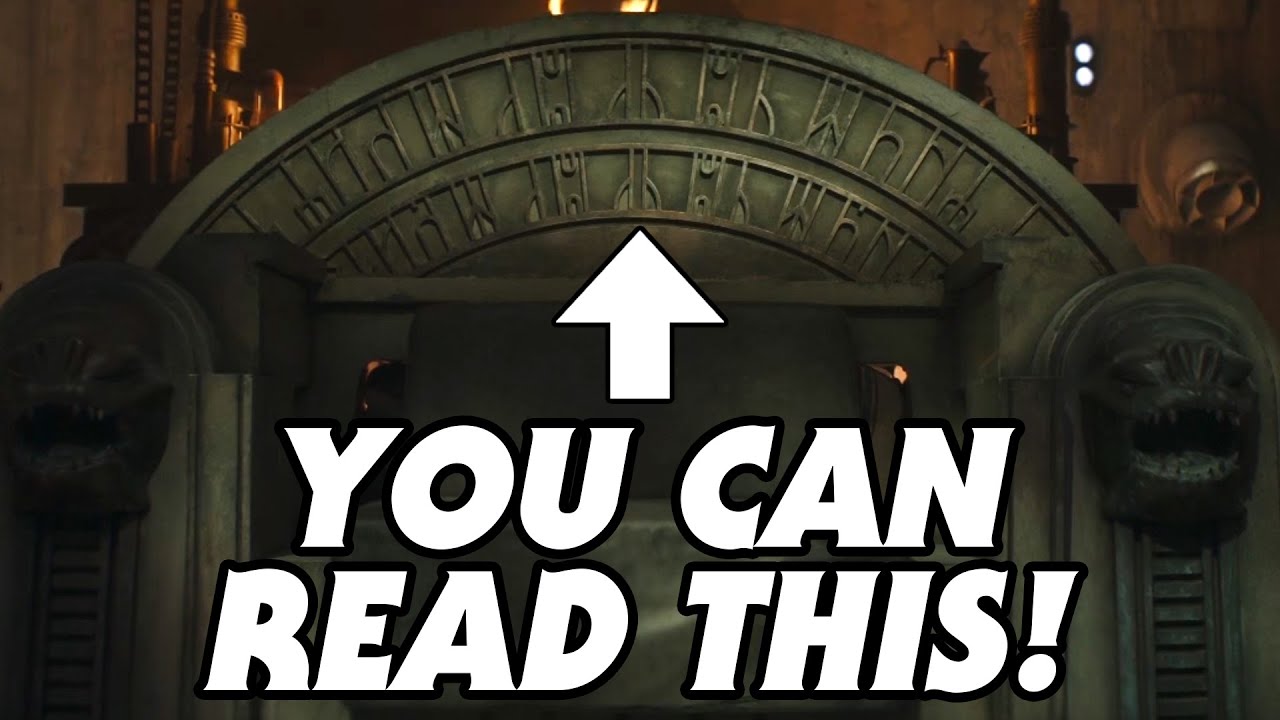Ur-Kittât was originally spoken by the Sith. It commonly adorned temples, such as the Sith Citadel on Exegol, and their obelisks, such as the ones found outside the Malachor Sith Temple. The writing was also in the tomb of Darth Bane and the Lothal Jedi Temple. The language was also used in Sith rituals. However, by the time of the Galactic Republic and amidst an effort to quarantine Sith worlds and erase Sith history, ur-Kittât was considered a forbidden language, and the Senate passed legislation forbidding protocol droids from translating any texts from it. Despite this prohibition, Darth Bane‘s Sith Order continued to use both ur-Kittât and its Balc dialect. Some Jedi were also familiar with how to read and speak the language.
By the reign of the Galactic Empire, ur-Kittât was known as «the Old Tongue» or simply «Sith.» However, it continued to be spoken by Galactic Emperor Darth Sidious, who taught it to his apprentice, Darth Vader. The language was also etched into a dagger containing the whereabouts of the Emperor’s wayfinder, which led to the hidden Sith world of Exegol.
Did you know you can read the runes on Boba Fett’s throne? It’s written in the old Sith language, ur-Kittat, and if you saw my easter eggs video for the second season of The Mandalorian, you already know that the throne simply reads «Boba Fett.» It’s not quite a one to one translation, and the words are mirrored on each side, but I think it’s close enough we can assume that was the intent. Why did Jabba already have a chair with Fett’s name on it? Why was Bib Fortuna sitting in it? We may never know. And honestly, don’t read too much into this. I think it’s just a fun thing for fans to discover.

